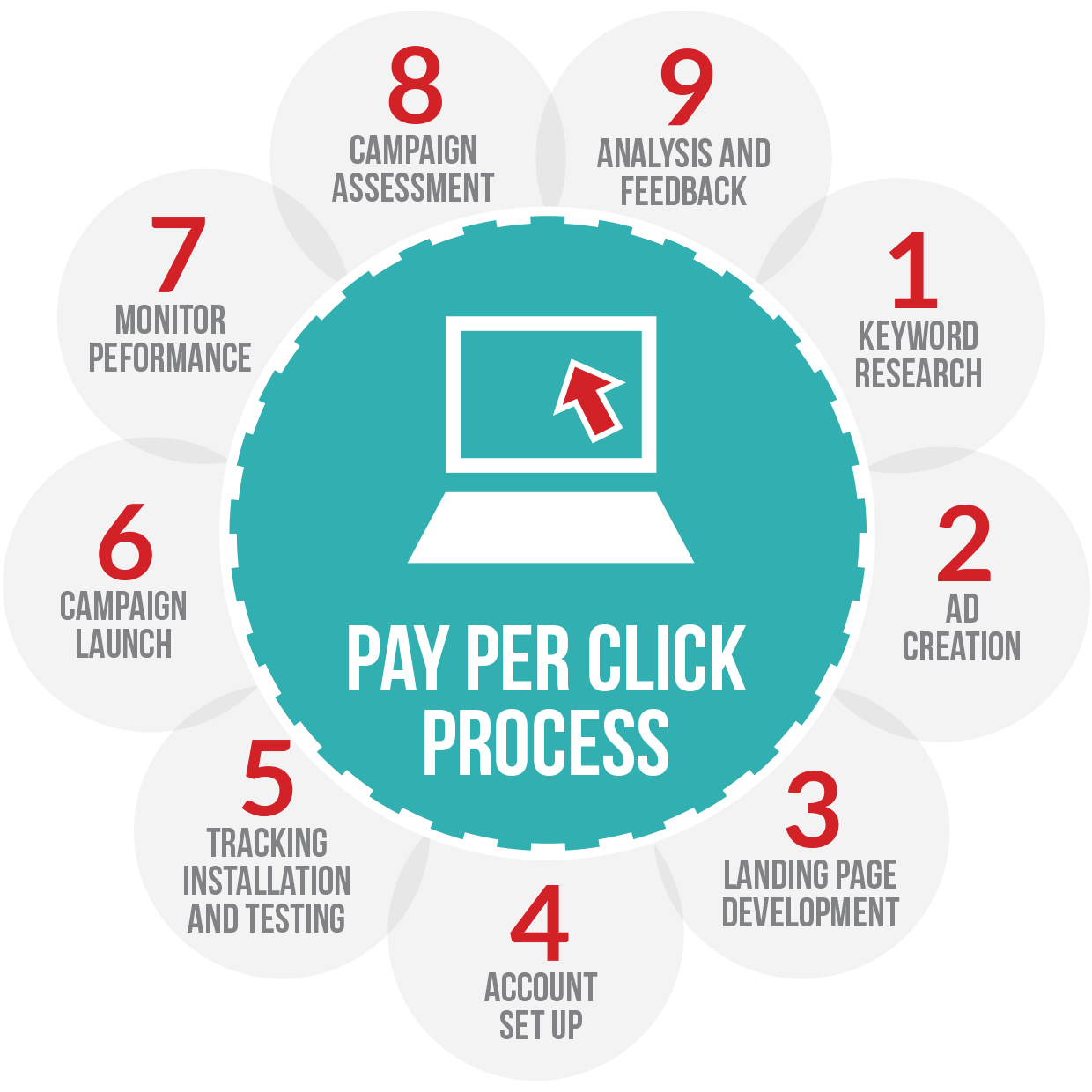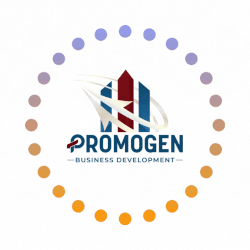
Basics of Pay-Per-Click Marketing
Pay-per-click (PPC) is an internet marketing model in which advertisers are charged a fee each time one of their advertisements is clicked.
In essence, it is a method of purchasing visits to your website rather than trying to "earn" those visits organically.
Pay-per-click (PPC) is also referred to as the cost-per-click (CPC) model.
Google Ads, Facebook Ads, and Twitter Ads are the three most popular PPC advertising platforms.
PPC and its Implementation
Pay-per-click advertising is primarily focused on keywords. For instance, in search engines, online advertisements (also known as sponsored links) appear only when a user searches for a keyword related to the advertised product or service.
As a result, businesses that use pay-per-click advertising try to research keywords that are most relevant to their products or services. Investing in relevant keywords can increase clicks and, subsequently, profits.

Who can Benefit?
Both advertisers and publishers benefit from the PPC model. The model profits advertisers because it enables them to advertise their products or services to a targeted audience that is actively seeking related content. It also acts as a primary revenue stream for publishers.
Additionally, a well-designed PPC advertising campaign enables an advertiser to save significant amounts of money because the value of each potential customer visit (click) exceeds the cost of the click paid to a publisher.
Pay-Per-Click Advertising Models
1. Flat-fee pricing model
The flat rate pay-per-click model requires an advertiser to pay a fixed fee to a publisher for each click. Publishers typically maintain a list of various PPC rates that apply to various areas of their website.
Take note that publishers are typically amenable to price negotiations. If an advertiser offers a long-term or high-value contract, a publisher is very likely to reduce the fixed price.
2. Bidding model
Each advertiser submits a bid with a maximum amount of money they are willing to pay for an advertising spot in the bid-based model.
Then, a publisher conducts an auction with the assistance of automated tools. When a visitor activates the advertisement, an auction is initiated.
The frequency with which your PPC ads appear is determined by the keywords and match types you select.
While a variety of factors contribute to the success of your PPC advertising campaign, you can accomplish a great deal by focusing on the following:
Landing Page Quality – Optimizing landing pages with persuasive, relevant content and a clear call-to-action that are customized for specific search queries.
Quality Score – Quality Score is a metric used by Google to determine the quality and relevance of your keywords, landing pages, and PPC campaigns. Advertisers with higher Quality Scores receive a greater number of ad clicks at a lower cost.
Innovation – Ad copy must be enticing, and if you're advertising on a display network, you can use a tool like free Smart Ads Creator to create designer-quality ads that demand clicks.
Keyword Analysis for PPC
Keyword research for PPC can be a time-consuming process, but it is critical. Your entire PPC campaign is keyword-driven, and the most successful Google Ads advertisers are constantly expanding and refining their PPC keyword list.

If you conduct keyword research only once, when you create your first campaign, you are likely to overlook hundreds of thousands of valuable, long-tail, low-cost, and highly relevant keywords that could drive traffic to your site.
A good list of PPC keywords should include the following:
Relevant – Obviously, you do not want to pay for Web traffic that has no bearing on your business. You're looking for targeted keywords that will increase your PPC click-through rate and your profits.
That is, the keywords on which you bid should be closely related to the products or services you sell.
Extensive – Your keyword research should encompass not only the most popular and frequently searched terms in your niche but also the long tail (unpopular, low search volume, but specific keywords).
Although long-tail keywords are more specific and uncommon, they account for the majority of search-driven traffic. Additionally, they are less expensive due to their lower competitiveness.
If you're looking for high-volume, industry-specific keywords to incorporate into your PPC campaigns, then be sure to go for popular keywords.
